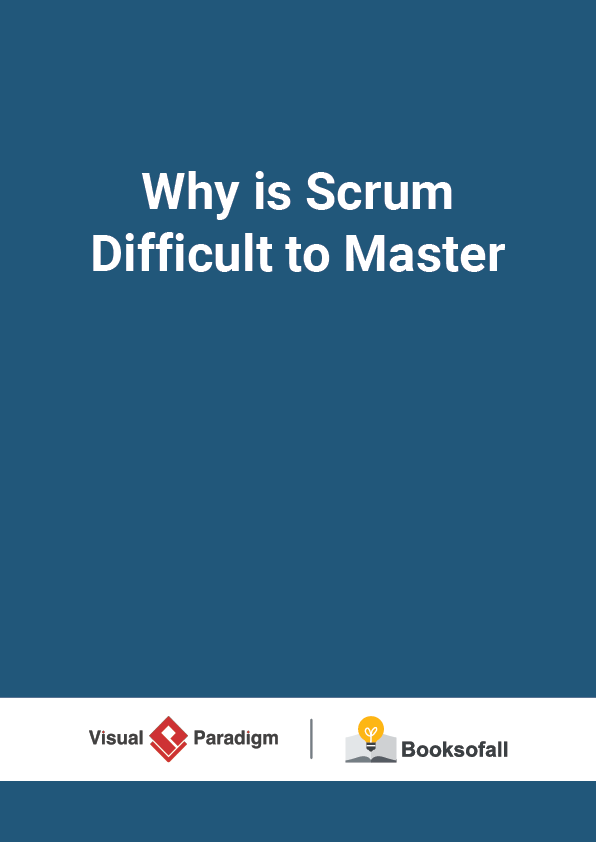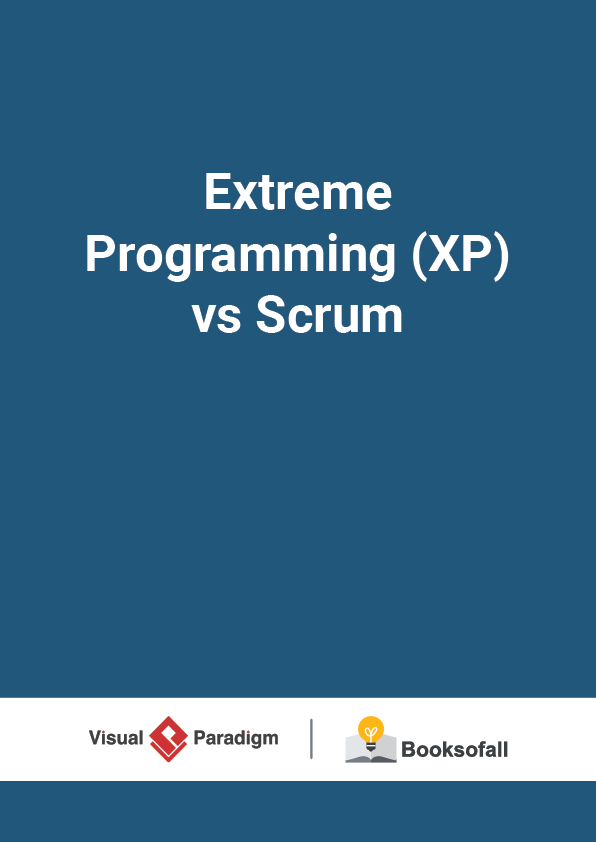Why is Scrum Difficult to Master?
7-9 minutes
In the fast changing digital work, the concept of Agile has become more and more popular. Everyone is talking about Scrum . There are also many different methods or approaches for agile development , including Extreme Programming (XP), Scrum, Crystal Methods, Adaptive Software Development (ASD), Feature Driven Development (FDD),Dynamic System Development (DSDM), and lightweight. RUP, Test Driven Development(TDD), and more as shown in the Figure below. Among the many agile development methods, the implementation of Scrum is the most popular one.
This article mainly shares the understanding and the implementation process of Scrum and the changes brought by the implementation of Scrum to your team.
The agile umbrella
What is Scrum?
Scrum is a framework for developing and maintaining complex products and is an incremental, iterative development process. In this framework, the entire development process consists of several short iteration cycles, a short iteration cycle called a Sprint ,and each Sprint is 2 to 4 weeks long.
In Scrum, use the product Backlog to manage the product’s needs. The product backlog is sorted according to the priority of the business value of the product. In the Sprint, the Scrum team selected the highest priority requirements from the product Backlog to the sprint backlog in the sprint planning process. The selected product backlog items (PBIs)are discussed, analyzed, and estimated at the Sprint Planning Meeting to get a list of tasks (called Sprint backlog) to be included in the next sprint. When the Scrum team completed all the selection of tasks into the Sprint backlog list, the current Sprint ends and proceeds to the next Sprint iteration cycle.
The agile scrum framework
Why Scrum is Difficult to Master?
Scrum has great value. However, it is difficult to implement Scrum in some companies. Some people say that Scrum has no substantive effect. So why a lot of people find Scrum is very difficult to master or even implement? Recalled what Scrum is written in the Scrum Guide:
Scrum is
- Lightweight
- Simple to understand
- Difficult to master
As Scrum is demands change in culture which is difficult to achieve. If an organization adopt Scrum agile development from its traditional team, it requires a lot of skills, trainings, and coaching for all of the Scrum roles . Each of the Scrum roles has much broader responsibilities than what you would typically find in a traditional waterfall driven environment. Why Scrum is hard to master? Here the main reasons are:
1. The roles of all team members in a Scrum process are much more difficult.
For example, in a Scrum project developers don’t just “write code” – they are expected to take responsibility for planning, estimating, and managing their own work as well integrating their work with the rest of the team to produce an overall solution. They are also expected to work directly with business users to understand the requirements.
2. Scrum is an adaptive process and requires a lot of skill and judgement.
Scrum is based on an empirical process control model which means that both the solution and the process to produce the solution are continuously adjusted as necessary based on observation as the project is in progress. A lot of that skill and judgement can only be learned on the job which requires some coaching. Many people try to do Scrum mechanically without understanding the principles behind it and that is not typically successful.
3. Scrum requires organizational transformation
Scrum requires a collaborative partnership between the development team and the business users as the project is in progress. That typically requires breaking down some organizational “stovepipes” to develop an effective collaborative approach.











